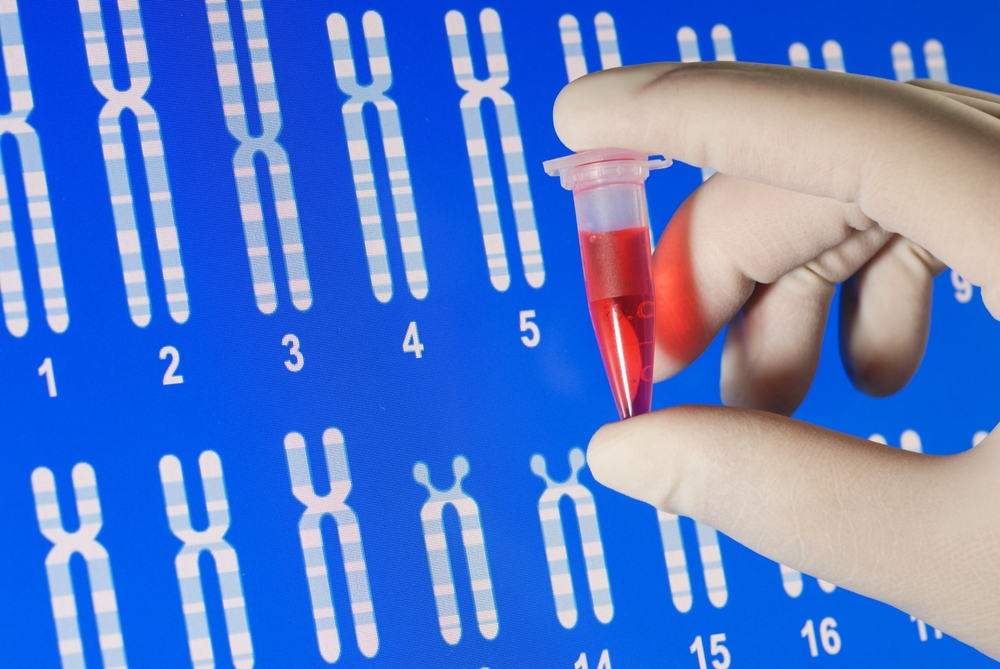 In a recent study titled “BRAF V600 mutations and pathological features in Japanese melanoma patients”, published in Melanoma Research, a research team from the National Cancer Center Hospital, Tokyo, has investigated the frequency of BRAF V600 mutations in a group of Japanese patients diagnosed with melanoma, determining the relationship between mutations and clinical and pathologic descriptions.
In a recent study titled “BRAF V600 mutations and pathological features in Japanese melanoma patients”, published in Melanoma Research, a research team from the National Cancer Center Hospital, Tokyo, has investigated the frequency of BRAF V600 mutations in a group of Japanese patients diagnosed with melanoma, determining the relationship between mutations and clinical and pathologic descriptions.
The majority of melanomas (40–70%) are positive for mutations in the BRAF gene. These can be caused by persistent periods of solar ultraviolet exposure; however, BRAF mutations have already been identified in melanoma patients with non-chronic sun-damaged skin.
The most common BRAF mutation results in the substitution of glutamic acid for valine at amino acid 600 (BRAF V600), leading to the constitutive activation of BRAF and uncontrollable melanocyte cell growth, ultimately resulting in tumour development.
In this study, the team designed an observational study using samples from 80 Japanese melanoma patients who underwent resection or biopsy between May 2005 and December 2012.
After DNA extraction from these samples, the team used the Cobas 4800 System with z480 Analyzer and Cobas 4800 BRAF V600 Mutation Test to identify BRAF V600 mutations in these patients.
The results showed that 41.8% of all analyzed samples were positive for BRAF V600 mutations. Patients younger than 60 years of age and those diagnosed with stage III/IV disease had a mutation rate of 60% and 36%, respectively. Moreover, mutation rate was not sex-specific.
In acral lentiginous melanomas (ALM), superficial spreading melanomas, lentigo maligna melanomas and nodular melanomas, BRAF V600 mutations were detected in 18.8%, 64.7%, 50.0% and 20.0% of the cases, respectively.
Even though the mutation rate in ALMs was considered low, patients who suffered from this type of malignancy were BRAF V600 positive at stage III/IV of the disease compared with only 9.5% at stage I/II.
Results from the study may have important implications in future melanoma therapeutics. As the authors write in their study, “with the emergence of molecular-targeted therapeutics, genetic insights such as those provided by the present study are expected to provide more effective treatment options for the melanoma patients harbouring these mutations. Specifically, analysis using the Cobas 4800 BRAF V600 Mutation Test showed an increased frequency of BRAF V600 mutations in late-stage melanoma patients, especially stage III/IV ALM, who might benefit from vemurafenib treatment”


